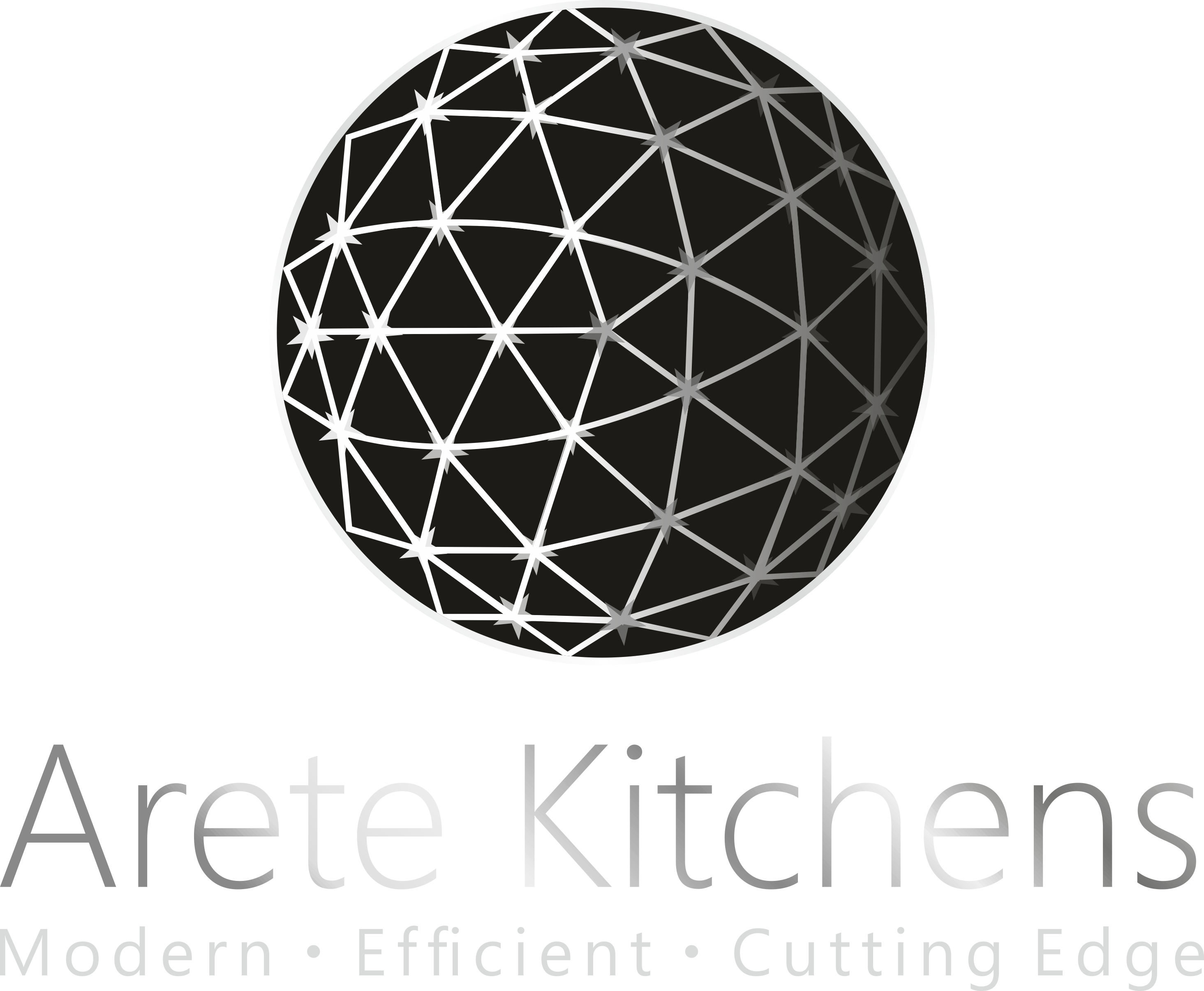Innovations That Changed the Industry: Professional Poker Player — Life at the Tables
Hold on—this isn’t the memoir you expect. I’ll skip the romantic “I turned $50 into $50k” opener and give you the practical changes that reshaped how pros live, prepare, and survive at the tables. This first few paragraphs will give you immediate takeaways you can act on tonight. The next section drills into the tech that matters most, so keep reading for examples you can test in your next session.
Quick practical takeaways for a working pro
Wow—here’s the short version: stack your tools, protect your process, and treat variance like a budget line. Use a HUD or tracker for volume play, but practice exploitative reads at live tables; schedule study blocks the same way you schedule game time; and pre-clear KYC and banking before main events to avoid cashout friction. These tips are actionable in the next 24–72 hours, and the following sections explain why each one matters so you can implement them with confidence.

What actually changed poker in the last decade
Observation: the table doesn’t look the same anymore—screens, phones, and cameras clutter the rail. Expansion: that clutter is the visible effect of deeper shifts: solver-driven strategy, HUDs, remote staking, and streaming culture. Echo: together they rewired incentives, bankroll needs, and what counts as “edge” at recreational versus pro levels, and I’ll unpack each innovation next so you understand both upside and danger.
1) Solvers and game-theory tools — mental scaffolding
Here’s the thing: solvers turned ambiguity into a practice routine by offering benchmarks, not prophecy. At first glance, they look like cheat codes; after using them, I realized they’re more like a coach that forces disciplined ranges and lines. Practically, pros use solvers to (a) review big spots, (b) build balanced preflop ranges, and (c) quantify expected value (EV) differences between plays—so you can prioritize where to study next. The next paragraph explains how that study time translates to ROI.
2) Databases, HUDs, and real-time statistics
My gut says HUDs change the rhythm of decision-making—fast reads beat long deliberation at volume tables. Expansion: HUDs and databases make volume profitable by turning patterns into numbers you can act on, such as opponent 3-bet frequency or fold-to-cbet rate against late position. Echo: used responsibly, these tools push edge for grinders; used blindly, they create mechanical play that fails against adaptors, so learn both the metric and the live read behind it, which I’ll detail next.
3) Streaming, hand histories, and the attention economy
Something’s off when table talk is paused for a stream overlay—but the reality is streaming normalized public hand reviews and opened new revenue for pros. Expansion: streaming and hand-history sharing accelerated metagame evolution: plays that once leaked remained secrets for months, now they get memed within hours. Echo: this pressure shortened the half-life of exploitative strategies and increased the premium on flexible thinking at live tables, which I’ll contrast with online-exclusive trends below.
Life at the tables: day-to-day changes for the modern pro
Hold on—playing poker for a living isn’t glamorous; it’s scheduling, risk management, and relationship maintenance. Expansion: a pro’s day often looks like 2–6 hours study, 4–8 hours live/online play, 30–60 minutes admin (banking, staking notes), and social time for sponsors or streams. Echo: treat your schedule like a hedged portfolio—diversify income across cash, tournaments, coaching, and content—and the next paragraph will show examples of how that diversification looks in practice.
Example A: a mid-stakes cash pro who combines high-volume online cash games with occasional live tournaments uses HUD-derived win rates to price staking deals, while preserving 20% of time for content to attract backers. Example B: a live tournament pro trades off pure volume for predictable travel routines and uses staking platforms to smooth variance. These mini-cases show the trade-offs between volume and life stability, which I’ll quantify next so you can compare options sensibly.
Simple comparison: tools and approaches
| Approach / Tool | Best for | Typical ROI impact | Main downside |
|---|---|---|---|
| HUD + Database | Online cash grinders | +10–40% edge with correct use | Over-reliance; fast adaptation by opponents |
| Solvers / GTO study | Serious studiers and coaches | Long-term skill compounding | Time intensive; diminishing returns without practice |
| Streaming / Content | Brand and sponsorship builders | Monetizes audience; stable secondary income | Distraction; privacy and meta leaks |
| Staking platforms | Tournament pros smoothing variance | Variance reduction; more volume | Fees and profit sharing |
That table clarifies concrete trade-offs, and the next section explains how payments and banking innovations—crypto rails, faster payouts, and integrated on‑ramps—affected players’ cash-flow practices and KYC expectations.
Banking, crypto, and cashout behaviour
To be honest, faster payouts changed the mental math of risk: when you know you can withdraw smoothly, you’re likelier to play with cleaner bankroll discipline. Expansion: crypto-first rails shortened withdrawal times for many pros and introduced new KYC dynamics—clear your docs before a big score to avoid delays. Echo: some online platforms now advertise near-instant crypto withdrawals, which shifts how you manage liquidity around tours and events, and the next paragraph points you to a practical resource for checking payout options.
One practical place to check live payout rails and promo mechanics is cloud-based casino and sportsbook pages; an example reference you can inspect is cloudbet777-ca.com, which details on‑ramp options and crypto flows relevant to Canadian players. That example shows how operators list payment providers, which helps you plan withdrawals and KYC in advance—read on to see a quick checklist to prepare for big cashouts.
Quick Checklist before a big cashout or staking payout
- Complete full KYC well before any expected big win and match deposit/withdrawal names; this avoids holds and re-requests, and more on KYC is below.
- Whitelist destination wallet addresses if using crypto, and send a small test withdrawal first to confirm chain and fees.
- Keep transaction hashes and chat/ticket numbers for any disputes to accelerate resolution.
- If you use third-party on‑ramps for CAD, compare fees and expected settlement times—some providers take minutes, others take hours.
- Maintain a separate bankroll account for staking receipts so tax and record-keeping are clearer for seasonal audits.
Follow those steps and you minimize friction; next I’ll outline common mistakes I’ve seen among new pros and how to avoid them.
Common mistakes and how to avoid them
Here’s the painful bit: many talented players lose money because they mismanage the off-table work. The list below shows common errors and exact fixes you can apply immediately.
- Mistake: delaying KYC until after a big win. Fix: pre-verify identity and addresses when you create accounts so withdrawals proceed smoothly.
- Mistake: poor record-keeping for staking and tax purposes. Fix: use a simple ledger or app and keep receipts for each stake and payout.
- Mistake: blind HUD reliance eroding live reads. Fix: alternate sessions—one focused on numbers, one on live reads—and rotate to keep skills balanced.
- Mistake: chasing variance with size-increasing bets. Fix: set automatic stop-loss levels and enforce them like bill payments.
Each fix reduces avoidable variance and administrative risk, and the next section answers the top practical questions beginners ask about this life.
Mini-FAQ — practical answers for beginners
Q: Do solvers make you play perfectly live?
A: No—solvers provide benchmarks. They help you understand balanced ranges, but live play rewards adaptive reads and emotional control; combine both to maintain an edge and the next question explains time allocation.
Q: How much study time should a semi-pro do?
A: Start with 5–8 hours per week focused study (solver review, session review), ramp to 15+ for full-time pros; pair that with 30–40 hours of play or volume equivalent and the next answer covers bankroll sizing.
Q: What bankroll do I need for mid-stakes cash games?
A: Use a rule-of-thumb 50–100 buy-ins for mid-stakes (depending on variance and format); adjust for staking or backing deals and the next section gives a short example calculation.
Mini-case examples (short and usable)
Case 1: The online grinder who added HUD analytics increased hourly win rate by 20% over three months by fixing leak X (fold-to-cbet too high) and shifting to better tables; they used a 1-week study sprint and tracked results with session tags. This shows how targeted work moves the needle, and the next case highlights a live-pro adjustment.
Case 2: A live tournament pro started streaming short-format hand reviews and secured two staking deals within six weeks; revenue from content covered travel costs and smoothed variance. That demonstrates diversification of income and leads into the lifestyle section below about mental health and schedules.
Mental health, routine, and responsible play
Something’s obvious after years at the felt: mental health matters more than any tool. Schedule off-days, track mood relative to stakes, and use self-exclusion or deposit limits if you notice chasing behaviour. If you’re in Canada and need help, contact regional resources and treat gambling as entertainment first, which I explain in my final practical guidance below.
Also remember the legal and AML realities: many platforms enforce KYC/AML, device fingerprinting, and limits; avoid VPNs during verification and keep documents current to prevent account holds. For a snapshot of payment and verification approaches that affect Canadians, check a crypto-friendly operator’s payments page such as cloudbet777-ca.com to understand common on‑ramp partners and expected timeframes—this helps you plan withdrawals around travel and taxes.
Responsible gaming note: 18+ (or 19+ depending on province). Gambling should be entertainment, not income guarantee—set budgets, use deposit/session limits, and seek help early if play becomes problematic. For Canadian help-lines, consider GameSense resources and provincial support lines.
About the author
I’m a Canadian player and coach with a decade of mixed live/tourney experience, a background in quantitative analysis, and direct experience adapting solver outputs to live decision-making. I’ve tested payment rails, staked players, and run content channels—so these notes come from the intersection of practice and systems, and the final paragraph points you to further reading and sources.
Sources
Industry experience, poker tracker documentation, solver developer notes, public casino/payment pages, and interviews with mid-stakes pros compiled between 2018–2025. Use those materials as a starting point for deeper, format-specific study and always verify current rules and terms with live operator pages before depositing or staking.








